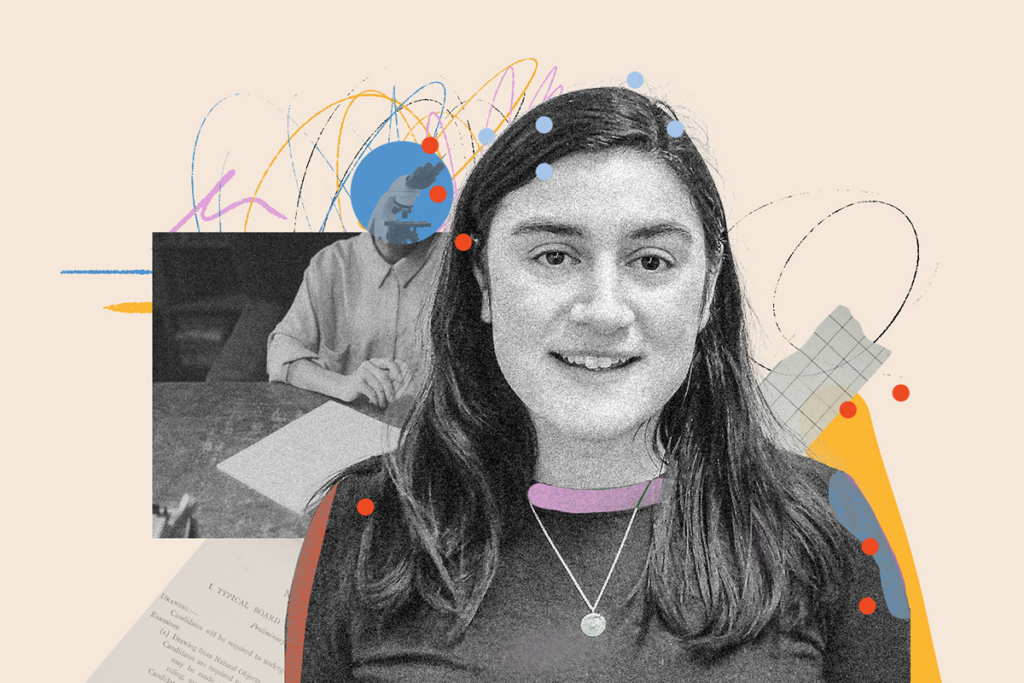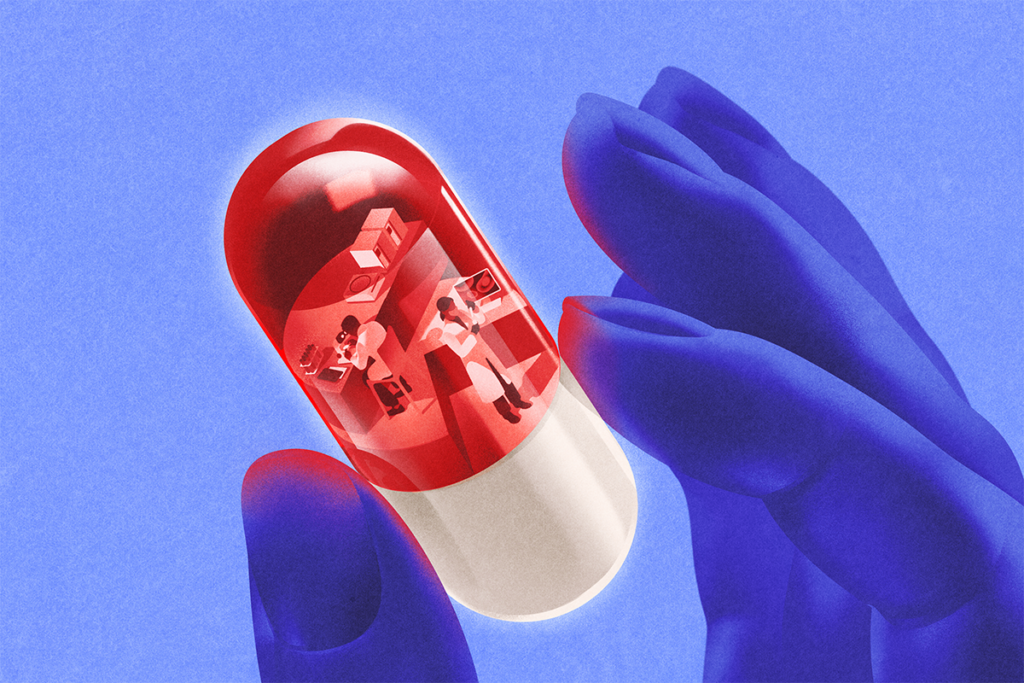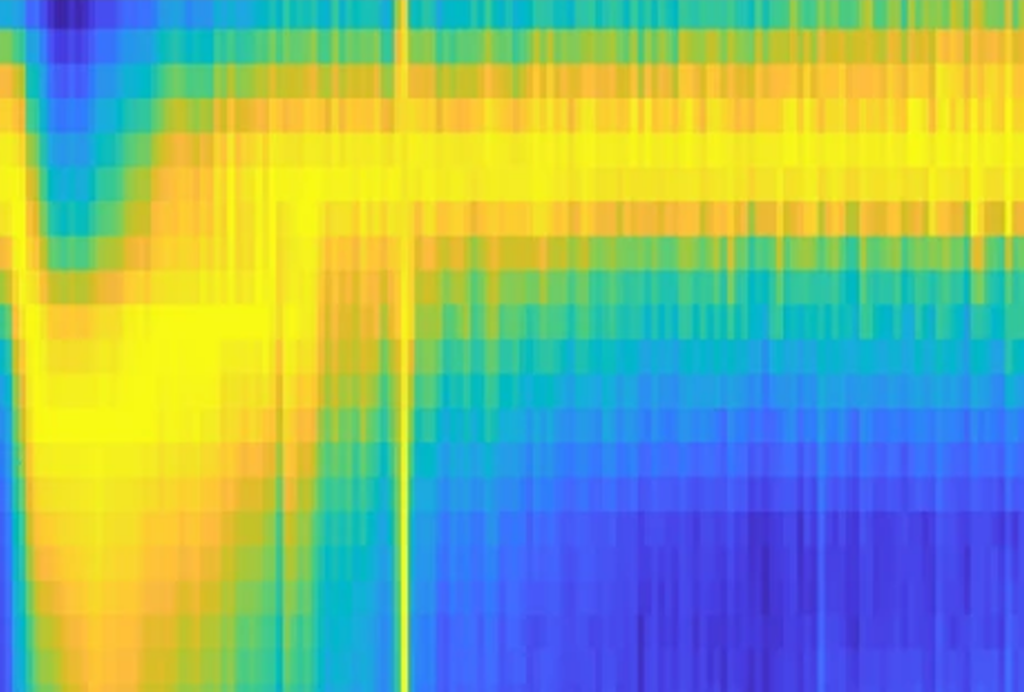SFN 2011
Recent articles
Imaging finds cerebellar changes in autism, other disorders
People with autism have structural changes in parts of the cerebellum that are distinct from those seen in individuals with attention deficit hyperactivity disorder or dyslexia, according to an unpublished meta-analysis presented at the 2011 Society for Neuroscience annual meeting in Washington, D.C.

Imaging finds cerebellar changes in autism, other disorders
People with autism have structural changes in parts of the cerebellum that are distinct from those seen in individuals with attention deficit hyperactivity disorder or dyslexia, according to an unpublished meta-analysis presented at the 2011 Society for Neuroscience annual meeting in Washington, D.C.
Rett, autism mouse brains mimic human disorders
The brains of mice that model Rett syndrome are smaller than normal overall and have differences in specific regions similar to those seen in people with the disorder, according to unpublished research presented Wednesday at the 2011 Society for Neuroscience annual meeting in Washington, D.C.

Rett, autism mouse brains mimic human disorders
The brains of mice that model Rett syndrome are smaller than normal overall and have differences in specific regions similar to those seen in people with the disorder, according to unpublished research presented Wednesday at the 2011 Society for Neuroscience annual meeting in Washington, D.C.
Rat study suggests mechanism for infection-schizophrenia link
Altered function of a brain receptor may help explain the why infection during pregnancy raises the risk for schizophrenia in the offspring, according to an unpublished rat study presented at the 2011 Society for Neuroscience annual meeting in Washington, D.C.

Rat study suggests mechanism for infection-schizophrenia link
Altered function of a brain receptor may help explain the why infection during pregnancy raises the risk for schizophrenia in the offspring, according to an unpublished rat study presented at the 2011 Society for Neuroscience annual meeting in Washington, D.C.
Researchers identify drug candidate for Angelman syndrome
Researchers have identified a compound that shows promise as a treatment for Angelman syndrome, a developmental disorder related to autism. The unpublished results were presented Tuesday at the 2011 Society for Neuroscience annual meeting in Washington, D.C.

Researchers identify drug candidate for Angelman syndrome
Researchers have identified a compound that shows promise as a treatment for Angelman syndrome, a developmental disorder related to autism. The unpublished results were presented Tuesday at the 2011 Society for Neuroscience annual meeting in Washington, D.C.
Video: Birds do it for autism research
Studying bird species such as the zebra finch can help researchers understand language difficulties in autism, Stephanie White told SFARI.org in a video interview at the 2011 Society for Neuroscience annual meeting in Washington, D.C.

Video: Birds do it for autism research
Studying bird species such as the zebra finch can help researchers understand language difficulties in autism, Stephanie White told SFARI.org in a video interview at the 2011 Society for Neuroscience annual meeting in Washington, D.C.
Researchers map microRNAs in autism brains
Researchers have charted the expression of tiny pieces of RNA in postmortem brain tissue from people with autism, according to unpublished research presented Tuesday at the 2011 Society for Neuroscience annual meeting in Washington, D.C.

Researchers map microRNAs in autism brains
Researchers have charted the expression of tiny pieces of RNA in postmortem brain tissue from people with autism, according to unpublished research presented Tuesday at the 2011 Society for Neuroscience annual meeting in Washington, D.C.
Folate low in spinal fluid of children with autism, study says
A small fraction of young children with autism have low levels of folate, a B vitamin, in their cerebrospinal fluid, according to unpublished research presented at the 2011 Society for Neuroscience annual meeting in Washington, D.C.

Folate low in spinal fluid of children with autism, study says
A small fraction of young children with autism have low levels of folate, a B vitamin, in their cerebrospinal fluid, according to unpublished research presented at the 2011 Society for Neuroscience annual meeting in Washington, D.C.
Fruit flies pin down autism candidates
Looking at flies that express elevated levels of UBE3A, a gene that is duplicated in some people with autism, researchers have identified 81 proteins that may be linked to the disorder, according to unpublished results presented Tuesday at the 2011 Society for Neuroscience annual meeting in Washington, D.C.

Fruit flies pin down autism candidates
Looking at flies that express elevated levels of UBE3A, a gene that is duplicated in some people with autism, researchers have identified 81 proteins that may be linked to the disorder, according to unpublished results presented Tuesday at the 2011 Society for Neuroscience annual meeting in Washington, D.C.
Video test measures subtleties of social cognition
Social cognition tests using videos of actors performing emotional expressions and scenes can measure subtle impairments characteristic of high-functioning people with autism, according to unpublished research presented at the Society for Neuroscience annual meeting in Washington, D.C.

Video test measures subtleties of social cognition
Social cognition tests using videos of actors performing emotional expressions and scenes can measure subtle impairments characteristic of high-functioning people with autism, according to unpublished research presented at the Society for Neuroscience annual meeting in Washington, D.C.
MET variants influence connectivity in children with autism
Individuals who carry an autism-linked common variant in the MET gene have abnormally low brain connectivity, according to unpublished research presented at the 2011 Society for Neuroscience annual meeting in Washington, D.C.

MET variants influence connectivity in children with autism
Individuals who carry an autism-linked common variant in the MET gene have abnormally low brain connectivity, according to unpublished research presented at the 2011 Society for Neuroscience annual meeting in Washington, D.C.
Explore more from The Transmitter
Frameshift: Shari Wiseman reflects on her pivot from science to publishing
As chief editor of Nature Neuroscience, Wiseman applies critical-thinking skills she learned in the lab to manage the journal’s day-to-day operations.

Frameshift: Shari Wiseman reflects on her pivot from science to publishing
As chief editor of Nature Neuroscience, Wiseman applies critical-thinking skills she learned in the lab to manage the journal’s day-to-day operations.
How basic neuroscience has paved the path to new drugs
A growing list of medications—such as zuranolone for postpartum depression, suzetrigine for pain, and the gepants class of migraine medicines—exist because of insights from basic research.

How basic neuroscience has paved the path to new drugs
A growing list of medications—such as zuranolone for postpartum depression, suzetrigine for pain, and the gepants class of migraine medicines—exist because of insights from basic research.
Dispute erupts over universal cortical brain-wave claim
The debate highlights opposing views on how the cortex transmits information.

Dispute erupts over universal cortical brain-wave claim
The debate highlights opposing views on how the cortex transmits information.